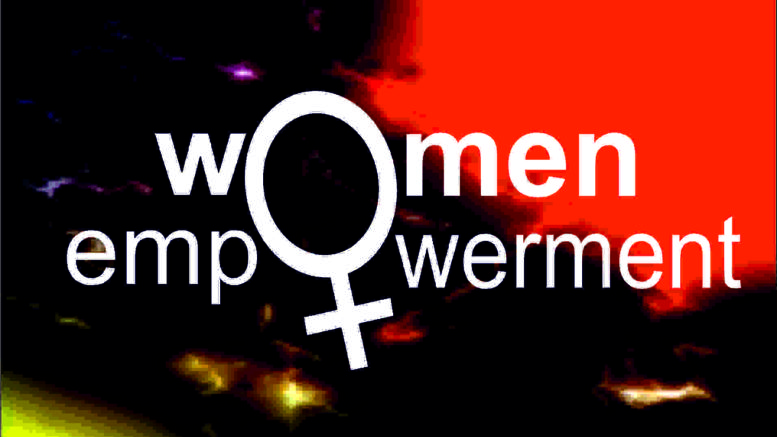Watching the drama unfurling at a ceremony at the Rashtrapati Bhawan brought up the issue of talent being recognised … finally! It was the prestigious Khel Ratna award being conferred on the Indian Olympians by President Pranab Mukherjee. The line-up included, badminton queen P V Sindhu, followed by wrestler Sakshi Malik and gymnast Dipa Karmakar (and shooter Jitu Rai). All award-winning performances that had the country hooked! Sindhu wrote history by winning the silver in women’s singles badminton while Sakshi took the bronze in the women’s 58kg freestyle category at the Games; Dipa on the other hand, came close to a podium finish, finishing fourth in the vault event.
After the Olympic Games came to an end in Rio de Janerio, suddenly women power has come to the forefront.
Across the country, the word ‘Produnova’ is no longer a tongue-twister. Pizza chains are giving away freebies to women called Sindhu. And, the dark cloud that hung over Indian wrestling after the Narsingh Yadav doping scandal, was partially blown away by Sakshi Malik.
Noticeably, the line of applause for the engaged women sports stars seem to be never-ending. Here, one must not forget the step-motherly treatment they got earlier, where each one had to inch their way through a zillion hardships, before they reached the Rio brigade.
Moreover, now that they’ve won Olympic medals, P V Sindhu and Sakshi Malik are being showered with cash prizes by government agencies. Even Dipa Karmakar and Lalita Babar are in line for cash awards. Sindhu has already been promised Rs 13 crore and Sakshi Rs 5.6 crore, while Lalita and Dipa will be given Rs 15 lakh each. And, we are still counting!
Compare these amounts with the budgets set aside for these athletes when they needed it the most – while they were preparing for the Games. Yes, more women were competing in Rio 2016 than any previous Olympic Games, bringing the games closer than ever to gender parity.
And, it’s not just in the sports arena, women working in private and public sector, are suddenly in the limelight too. The newly-passed Maternity Bill in Rajya Sabha increases the leave roster of a pregnant mother from 12 weeks to 26 weeks, for women working both in the private sector and public sector, which will be more than double of the existing 12 weeks. Additionally, nursing moms may be allowed to work from home even after 26 weeks of maternity leave, depending upon their job profile. These were some of the significant provisions by the labour ministry to amend the Maternity Benefit Act, 1961.
The “women-friendly” measures also include making it mandatory for firms with 50 employees to have creches individually or alternatively, a few firms can set up a common facility within a prescribed distance. The employer will have to allow four visits to the crèche, which will include the interval of rest allowed to women employees!
In the numbers game, according to a report by Oxfam, India’s record is dismal when it comes to women’s participation in the workforce. India ranks second from the bottom in the list of G20 economies, where women in workforce are concerned. Around 90 percent of workforce is in the unorganised sector. This bill then impacts only 10 percent of the workforce, as it only talks about women in the organised sector.
Then, there is the landmark verdict that allowed women to be permitted to enter the sanctum sanctorum of the Haji Ali Dargah at par with men, as ruled by the Bombay High Court verdict which read: “The Trust has no power to alter or modify the mode or manner of religious practices of any individual or any group”. Admittedly, the Haji Ali Dargah Trust is a public charitable trust. It is open to people all over the world, irrespective of their caste, creed or sex, etc. We must also remember the Shani Temple verdict that had happened earlier.
After the ban on women devotees from entering the sanctum sanctorum, this is a gender bender – promising more engaging times?? Going that extra mile, does produce results.






Be the first to comment on "Going that extra mile … will pay!"